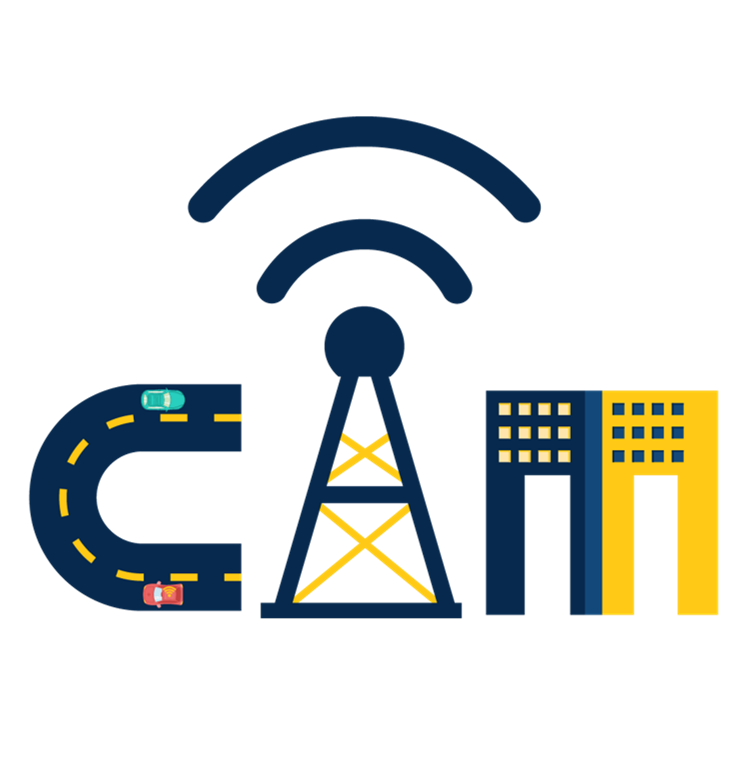Emerging technologies, for example, connected and automated vehicles, are reshaping the landscape
of mobility systems. Large uncertainty exists on how this new landscape will be like. This uncertainty poses a series of
fundamental science, engineering, and policy questions challenging transportation researchers, practitioners, and policymakers.
We develop analytical and computational tools to answer these questions and to build efficient, equitable, sustainable, and
resilient mobility systems with emerging technologies. Our work focuses on three areas: technology (T), system (S),
and impacts (I).
Safe, reliable, accessible, and affordable technologies are the foundation for
society to realize the putative benefits of connected and automated mobility. We integrate modeling (optimization
models, control algorithms, learning methods) and experimentation (robot cars, full-scale vehicles) to advance emerging
vehicle technologies.
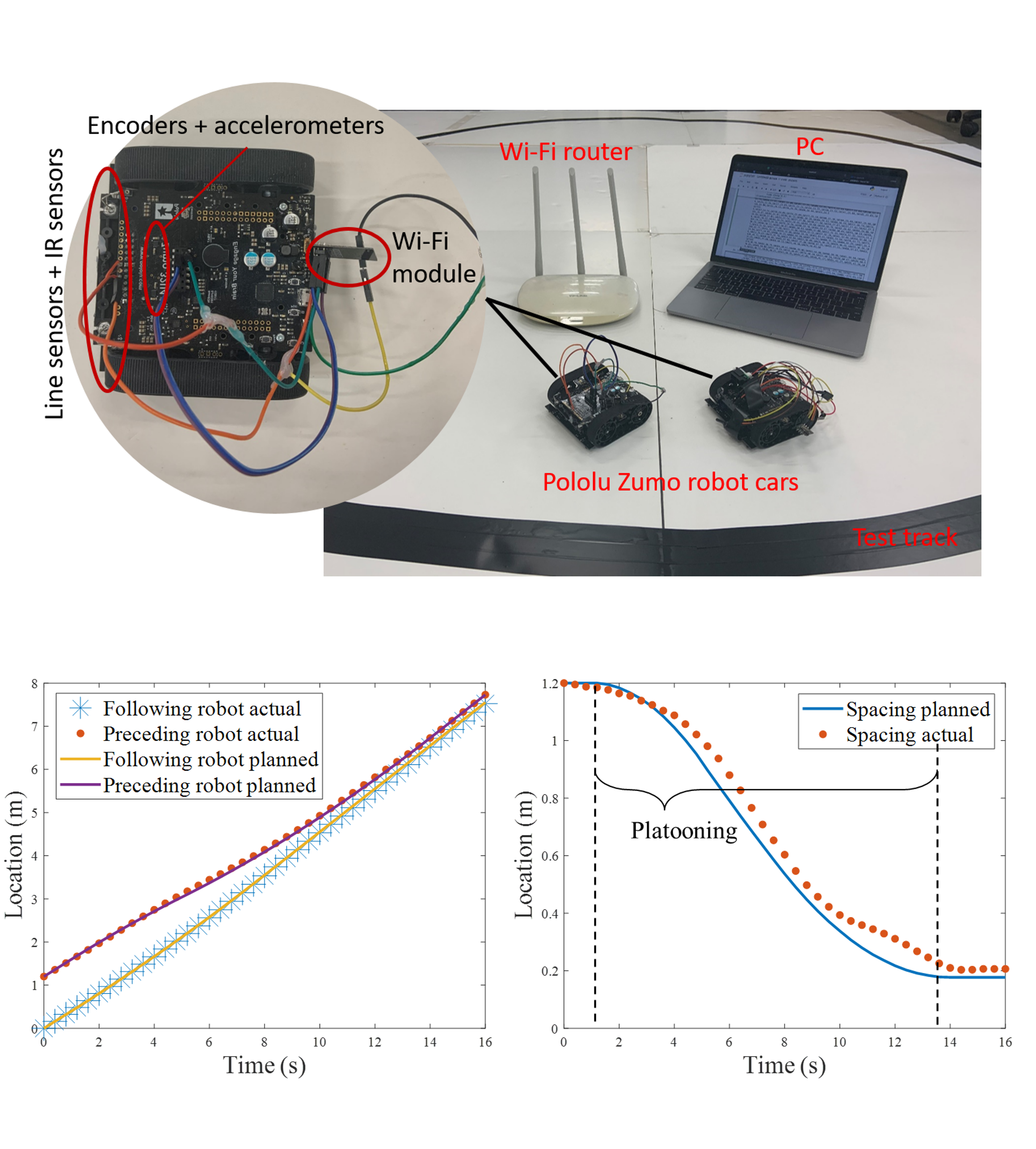
Trajectory Control
Online learning-based model predictive controller for CAVs
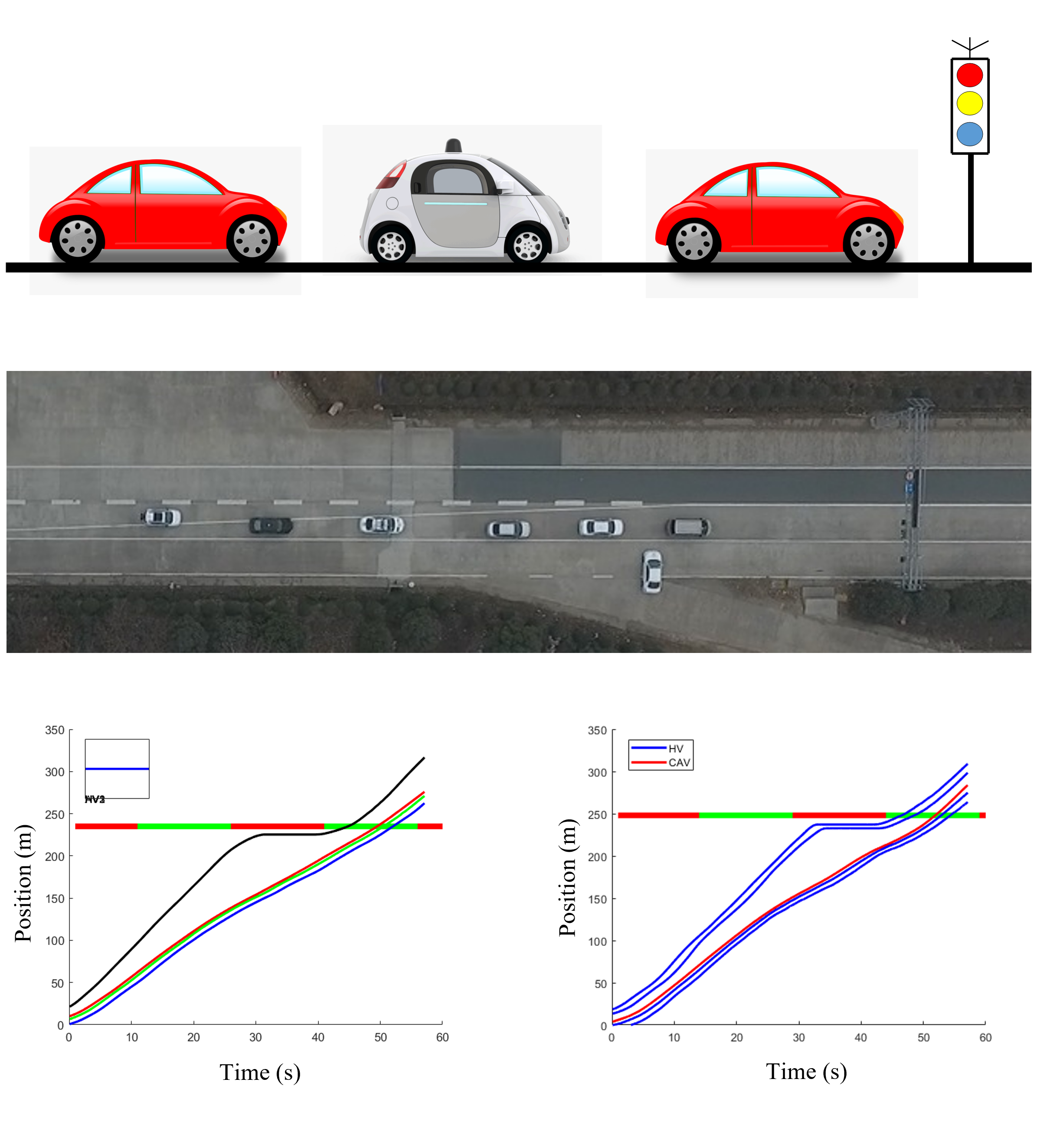
Trajectory Planning
Optimal vehicle trajectory planning at signalized intersections
in mixed traffic
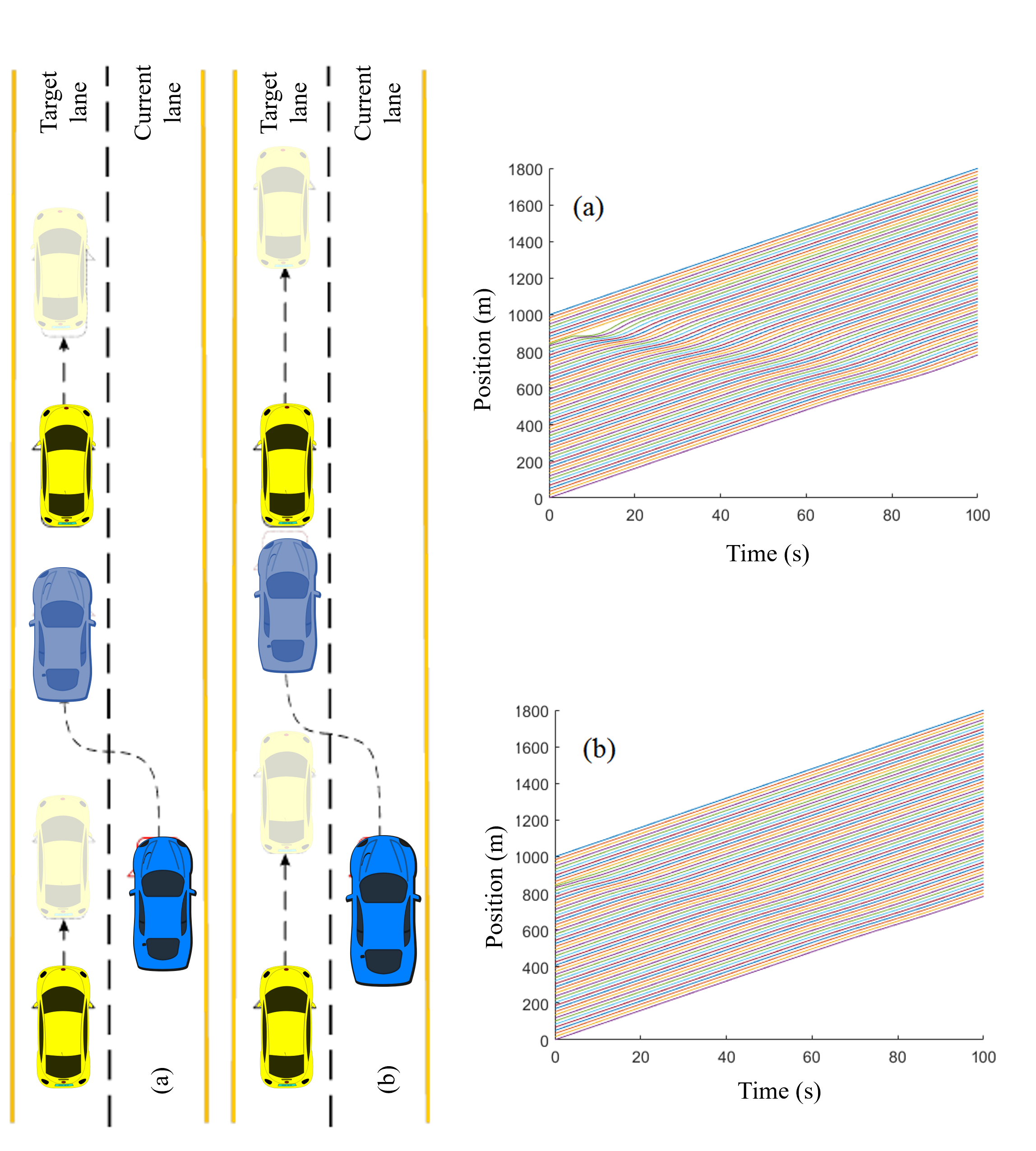
Lane Changing
Cooperative lane changing with assistance from preceding vehicles
Emerging technologies are challenging existing
paradigms in mobility system planning, design, management, and operation by introducing complex system dynamics.
Efficient and accurate modeling of these dynamics is a prerequisite for deriving solutions to these challenges.
We draw on theories and methods from optimization and machine learning
to model, analyze, and optimize next-generation mobility systems.
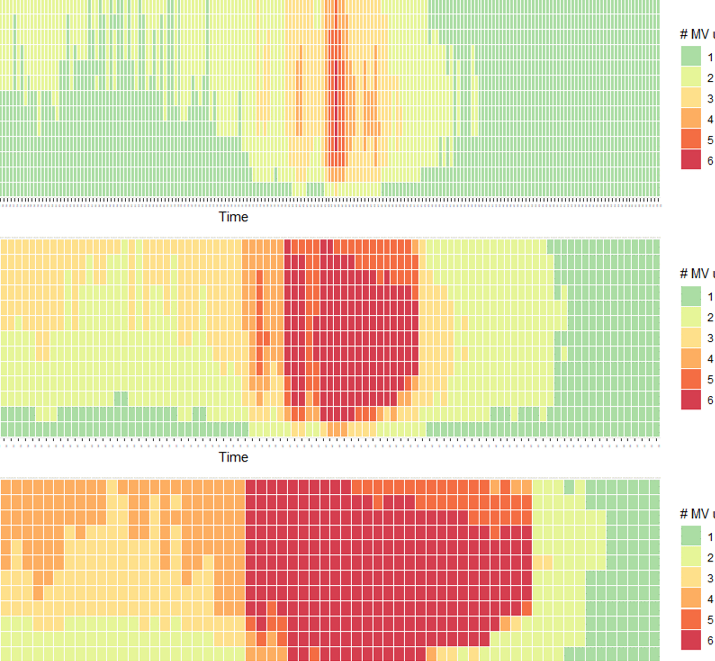
MAV Systems
Designing MAV systems with discrete and
continuous modeling
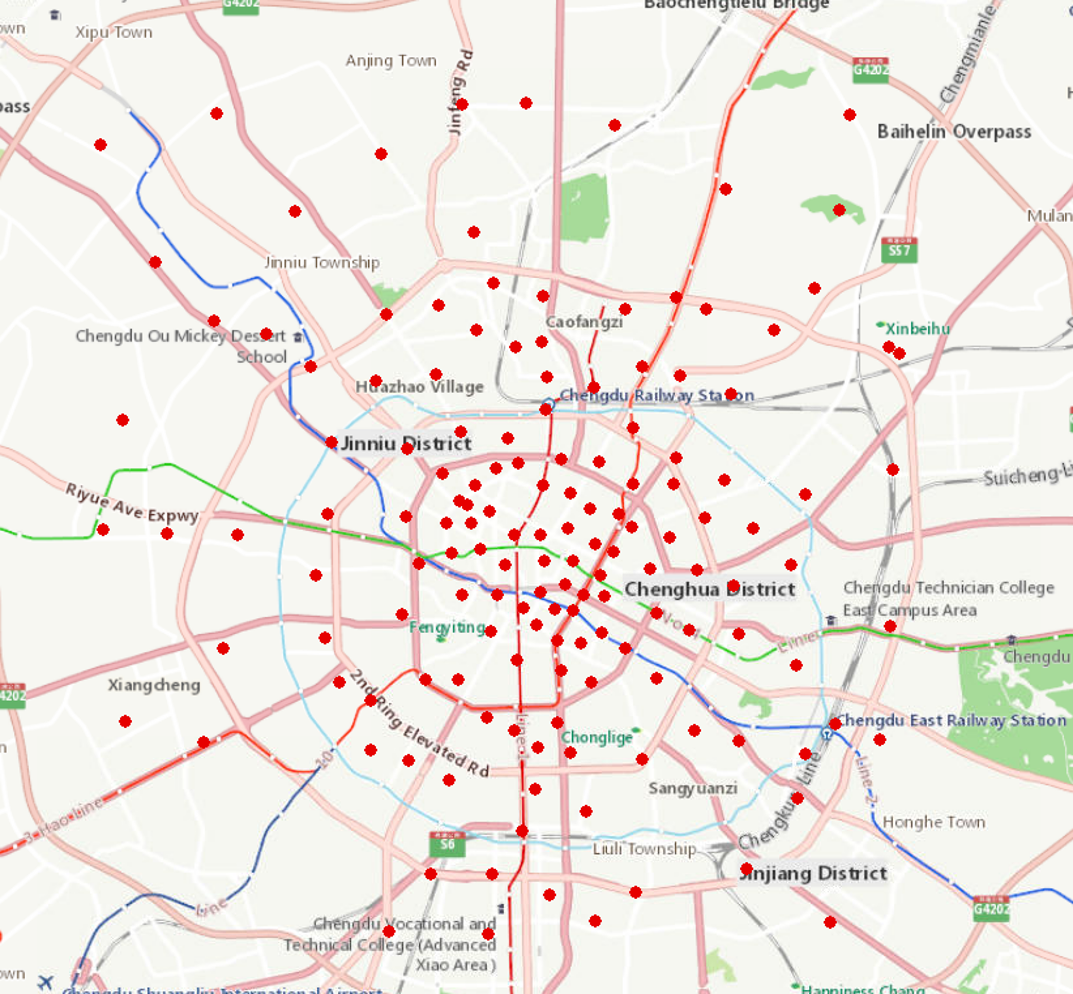
Customized Bus
Planning customized bus networks with transfer and passenger assignment
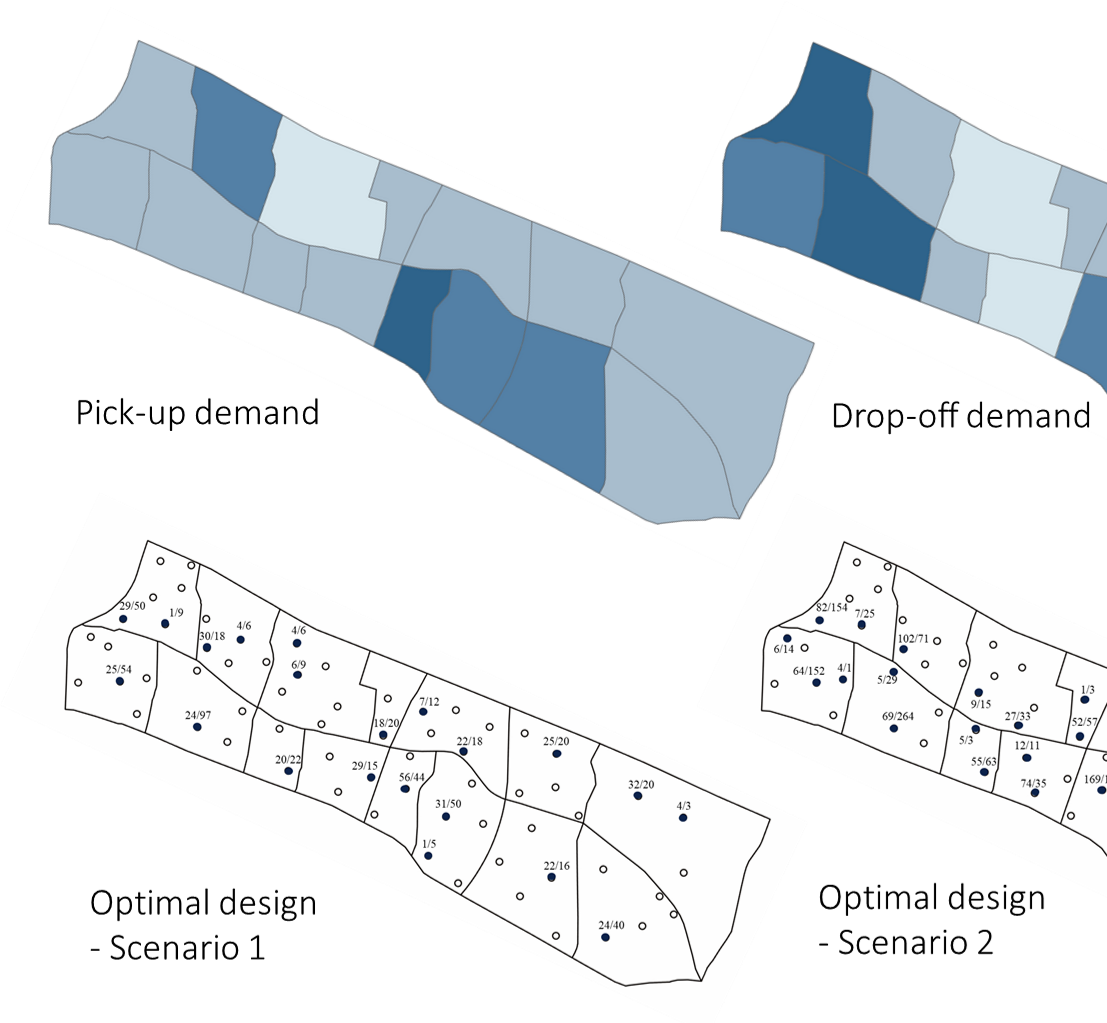
E-bike Sharing
Planning e-bike sharing station network with bi-level programming
Emerging mobility technologies are expected to bring
substantial impacts to society, but it remains inconclusive what these impacts will be. For example, how
will connected and automated vehicles affect different population groups? We combine theories from
social science, simulation, and data analytics to
unravel the social impacts of emerging mobility systems
.
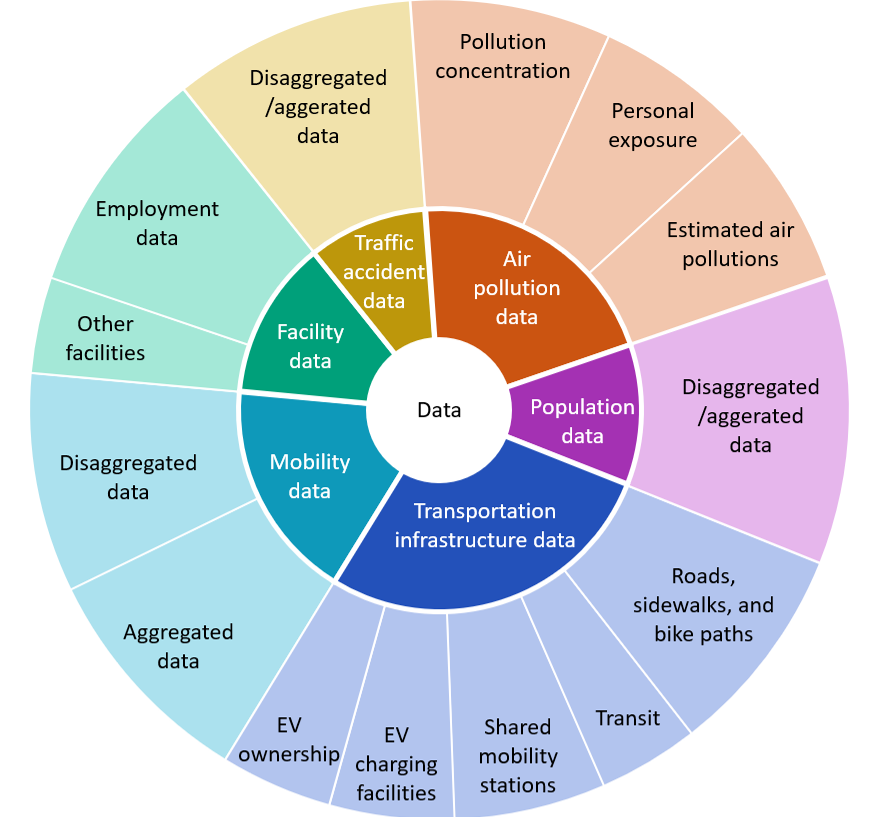
Transportation Equity Data
Compiling big data sources for transportation equity analysis in the U.S.
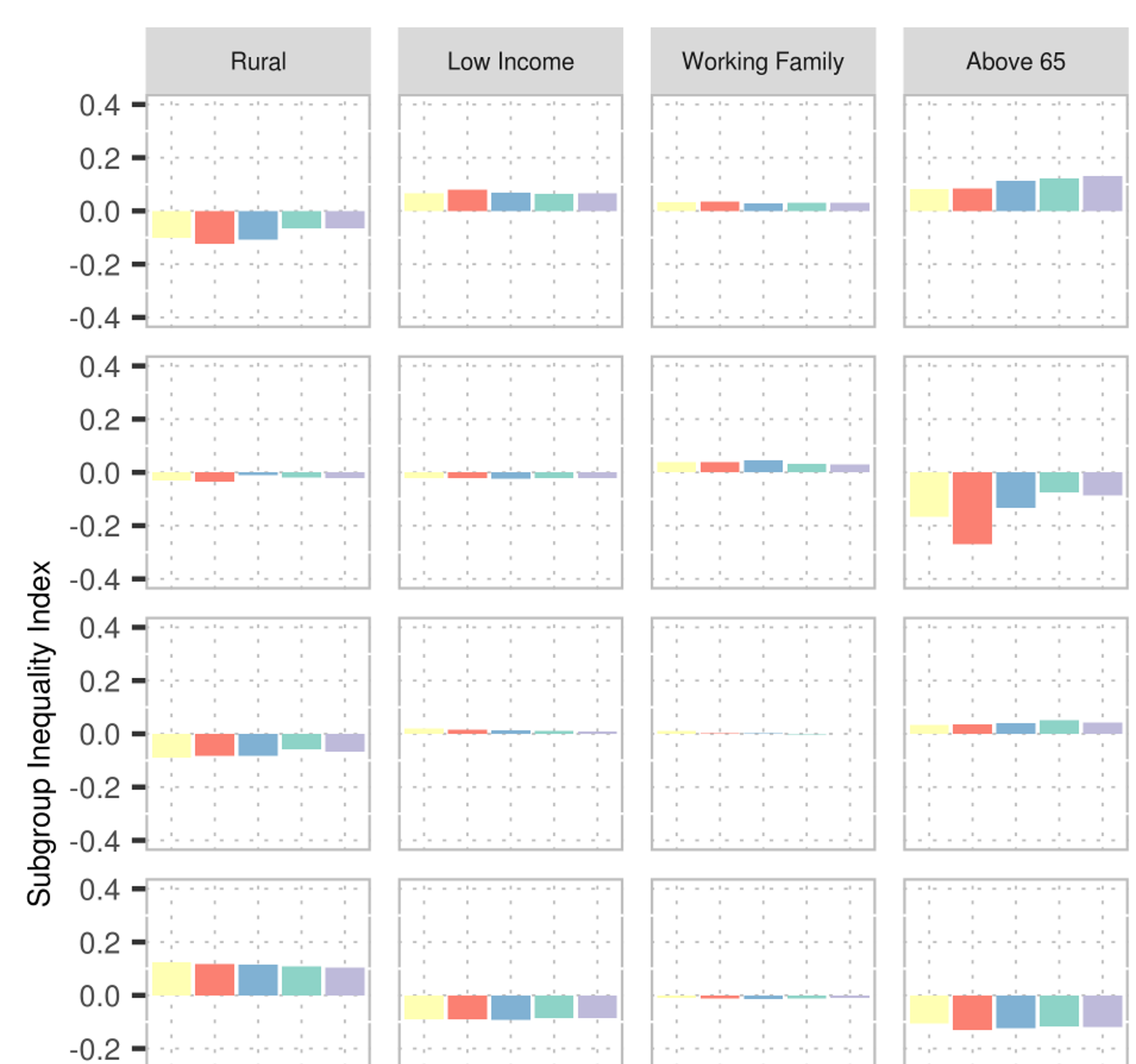
AV Equity
Predicting distributional equity impacts of AVs in access, mobility, and
affordability
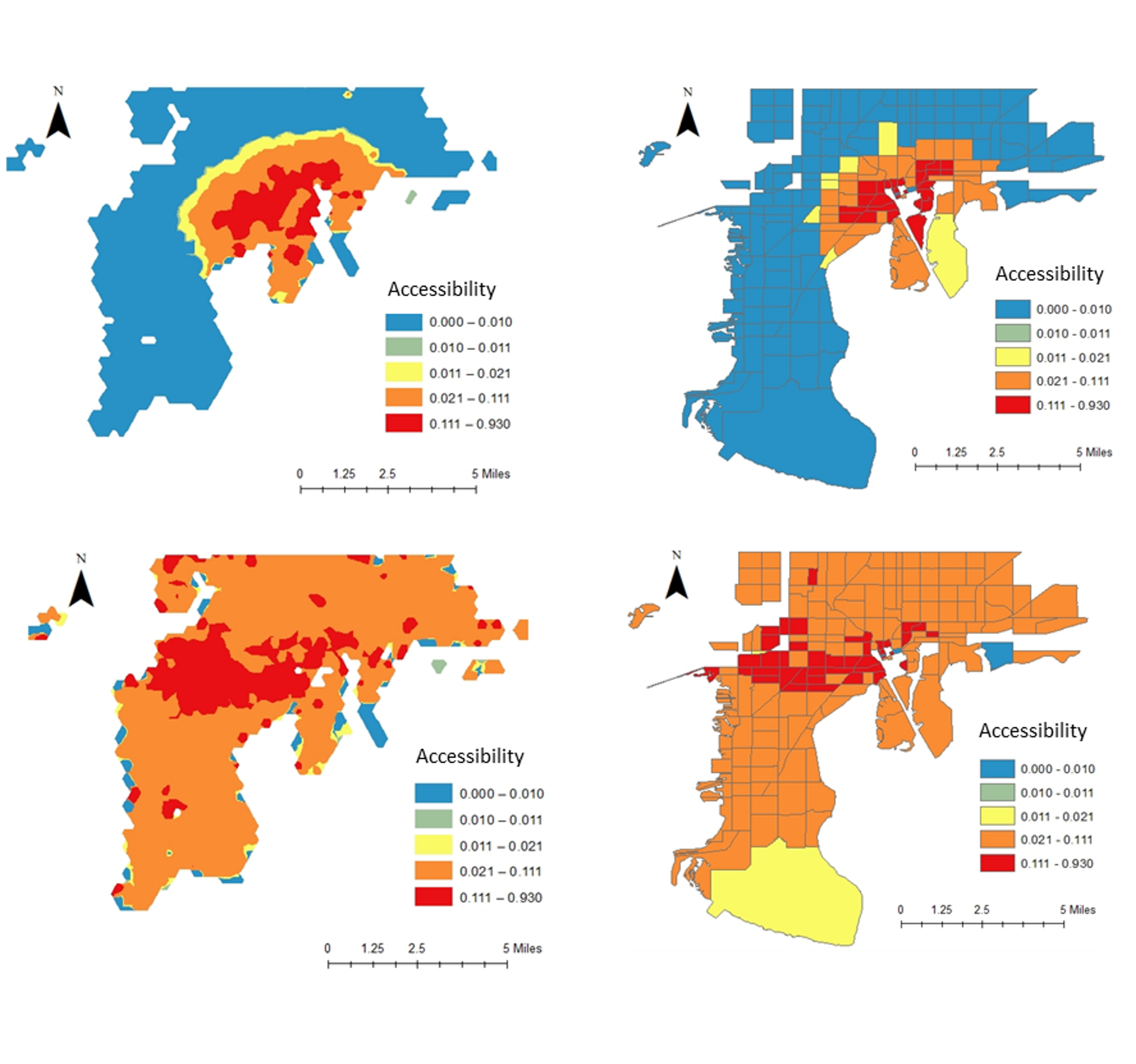
Bike-sharing Equity
Using indidividual-level trip itineraries to analyze bike-sharing equity
